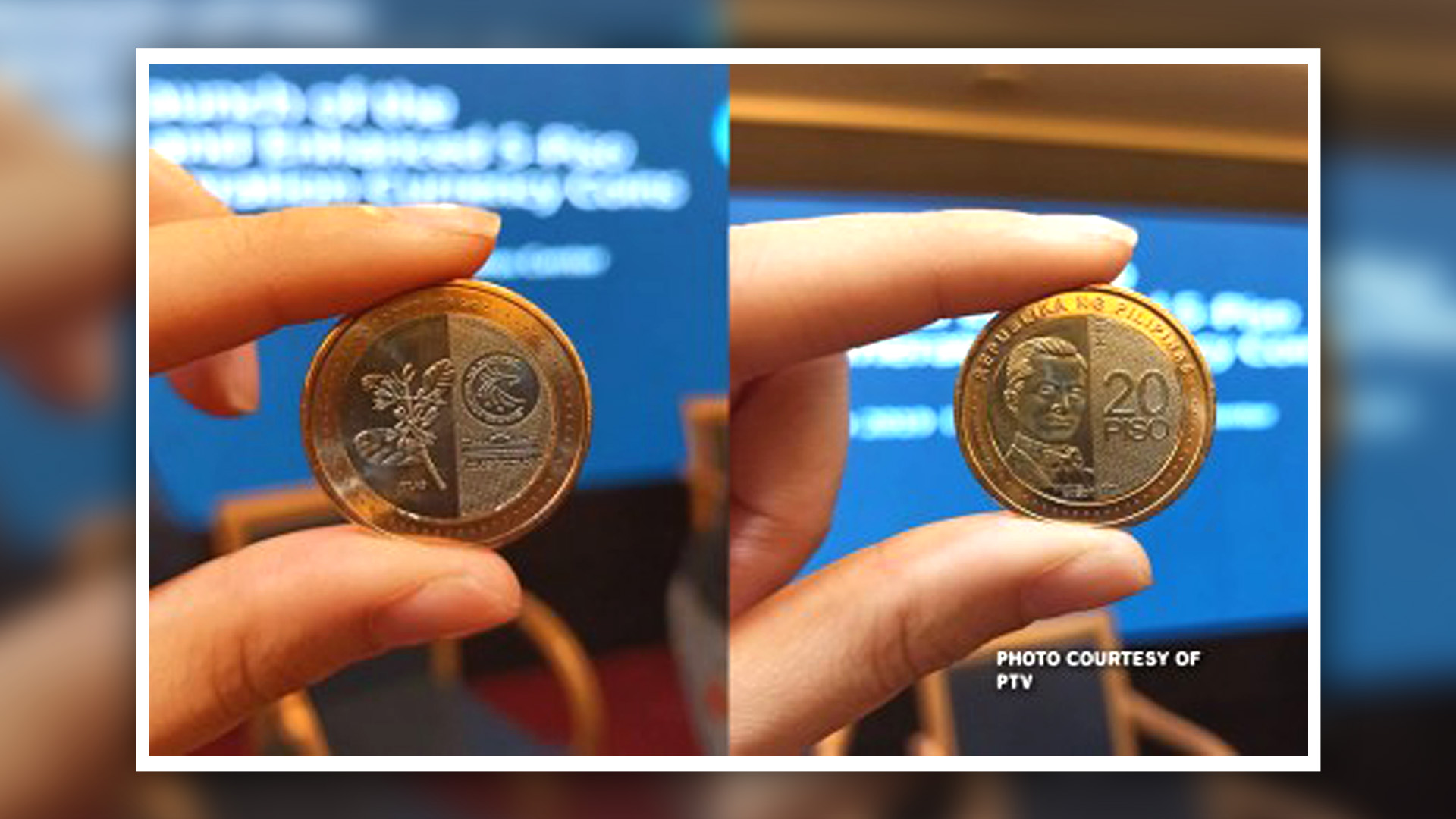Philippines’ most-used currency denomination, PHP20, now has its coin version and the existing PHP20 bills are estimated to be out of circulation by 2021.
In a briefing Tuesday, Bangko Sentral ng Pilipinas (BSP) Governor Benjamin Diokno said minting the coin is cost-effective than printing the bill since the former lasts for about 10 to 15 years compared to the about six-month life span of the paper bill.
He said production cost for the bill is about PHP2 apiece while it is PHP10 per piece for the coin.
The two-toned PHP20 coin, which is now the highest denomination among the new generation coin (NGC) series, still have the major elements of its banknote version, such as the features of Manuel L. Quezon, the Philippine commonwealth’s first president on one side, and the BSP logo and the Malacanang Palace, at the other side.
Also launched during the event is the enhanced PHP5 coin, which now has nine sides that will help people easily differentiate it among the NGC coins.
During the same briefing, BSP Senior Assistant Governor Dahlia Luna said the central bank will be issuing “token quantity” of about 500,000 PHP5 coins before December 25, 2019, while bulk will be issued starting in the first quarter of 2020.
“And these coins will co-exist with the PHP20 banknotes until the supply of PHP20 banknotes last around 2021,” she said.
Luna said the PHP20 coin features a brass-plated steel ring and a nickel-plated core while the PHP5 coin retains the nickel-plated steel composition with enhanced shape having nine sides.
“Essentially, these design enhancements in the currency will further promote the ease of recognition by the public and at the same time maintaining the highly secure and durable characteristics of the coins in the NGC series,” she added.
These measures are among the reasons why the Philippines is among the best in the world in terms of currency production, processing, management and distribution, Diokno said.
He added that coins “play a significant role in a nation’s history” since it pays homage to accomplishments of Filipinos, as well as the historical sites and natural wonders. (PNA)








